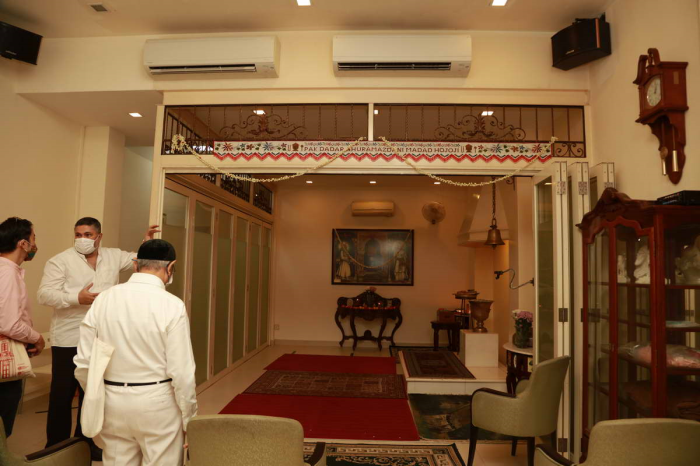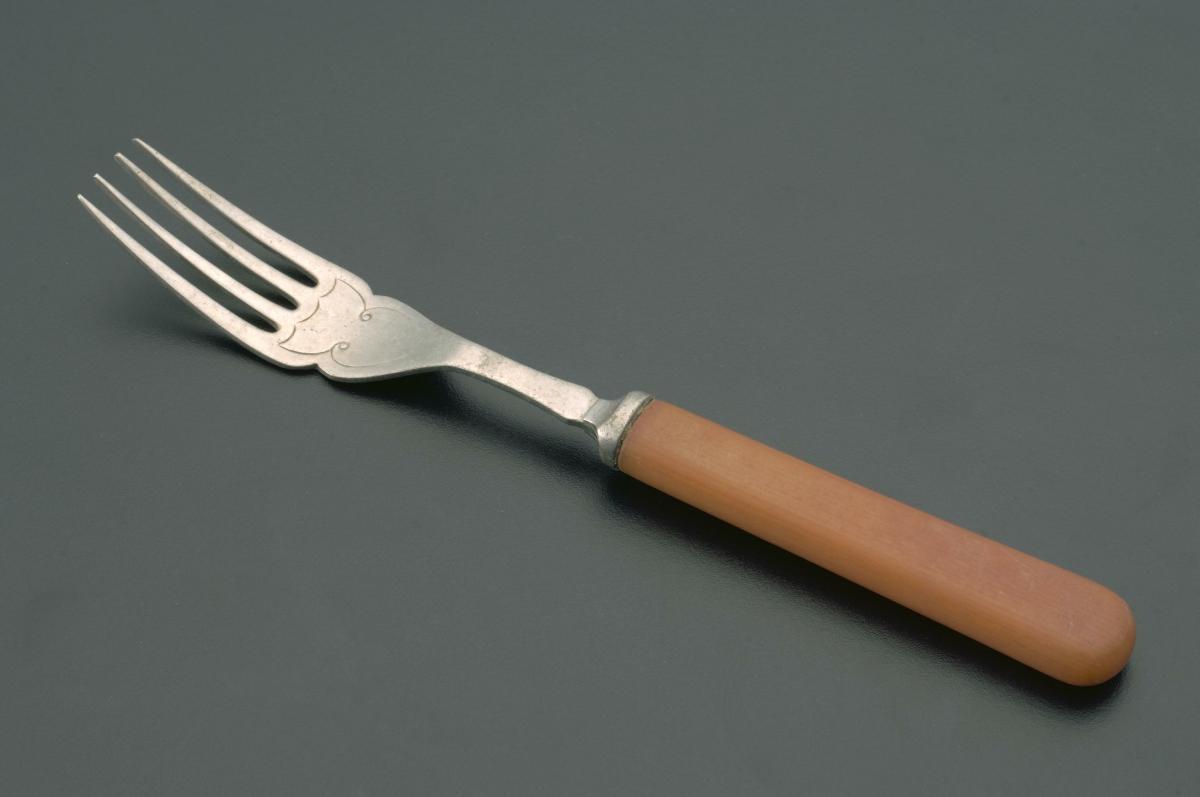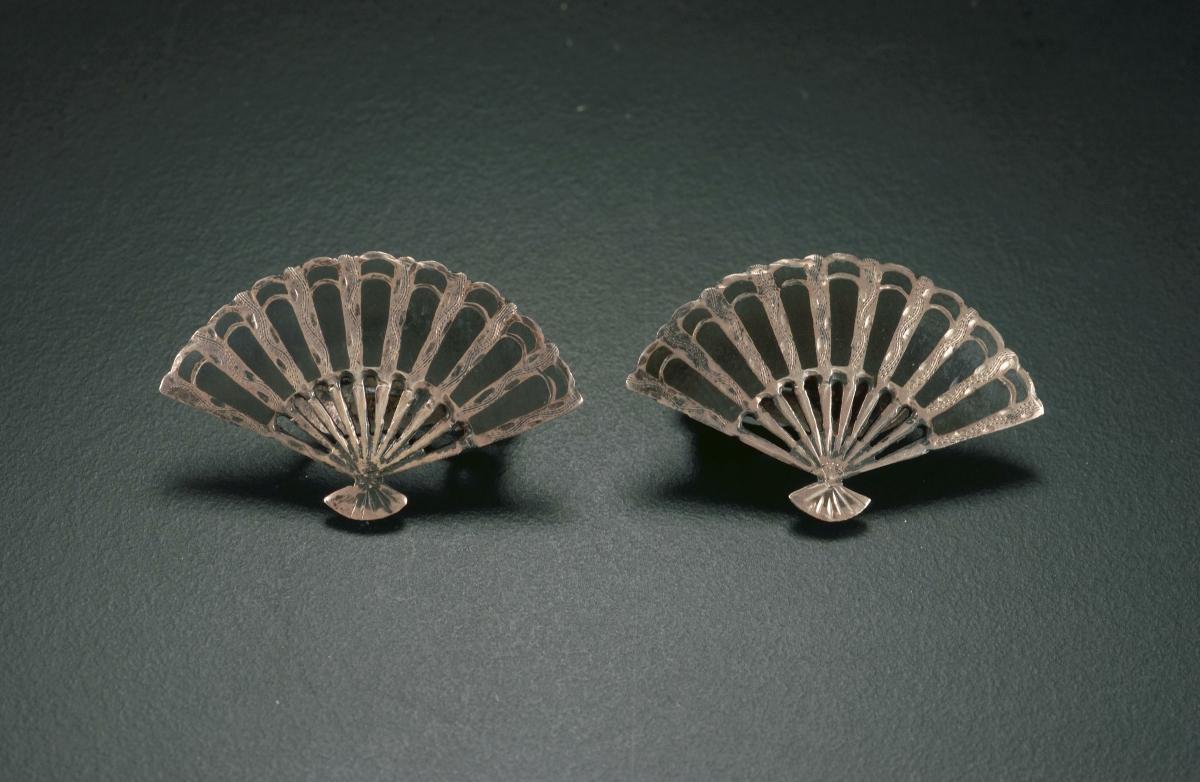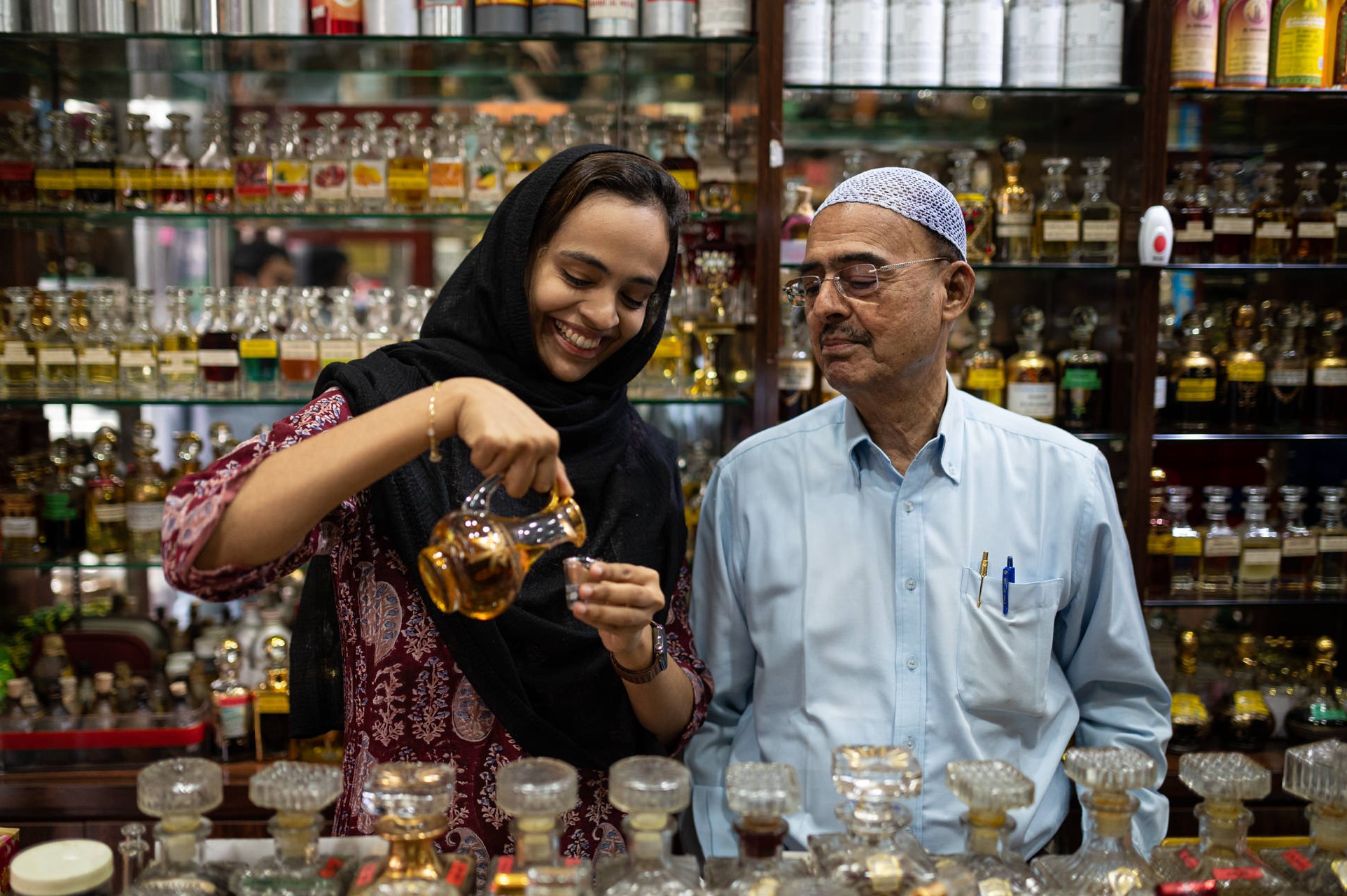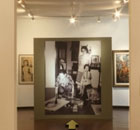Navroz, and other Zoroastrian Rituals and Practices
The festival of Navroz (also known as the Persian New Year) is celebrated by Zoroastrians all over the world including Singapore. The festival has its roots as a feast day of Zoroastrianism and the word “Navroz” means “new day”. It marks the arrival of Spring, and the first day of the Persian New Year, based on the vernal equinox of the solar calendar. In addition to Navroz, there are other rituals and practices observed and celebrated by the Zoroastian community in Singapore which include Navjote (an initiation ceremony), marriage and funerary practices. Zoroastrianism is one of the oldest religions still in existence today, with roots dating back to Persia some 3,700 years ago. Zoroastrian theology includes the importance of following the Three-fold Path of Asha; revolving around Good Thoughts, Good Words and Good Deeds.
Geographic Location
Zoroastrianism was founded by the Prophet Zoroaster in Persia (present-day Iran). Following the Arab conquest of Persia in the 7th century, there was mass migration of Zoroastrians to India, where they became known as Parsis. Prompted by trading opportunities in the 1800s, India-based Zoroastrians/Parsis started forming diasporic communities in Britain and other parts of the British Empire - including Singapore.
Communities Involved
The Zoroastrian community have been present in Singapore from as early as the 1820s with more settlers arriving by the mid-1800s. The Zoroastrian House (ZH), inaugurated in 2011 is the only prayer hall for the community in Singapore and also serves as home to the Parsi Zoroastrian Association of Southeast Asia (PZAS). There are currently approximately 350 members of the community in Singapore.
Associated Social and Cultural Practices
- Navroz
The festival of Navroz (meaning ‘new day’) is celebrated by Zoroastrians all over the world including Singapore and marks the arrival of Spring, and the first day of the Persian New Year based on the vernal equinox of the solar calendar. It is believed that Navroz first came about as a celebration after King Jamshid of Iran saved humankind from a deadly winter which would have killed all living creatures. To avoid this, it is said that the king sat on a bejeweled throne and was then raised into the skies by ‘divs’ (demons, rejected Gods, or evil supernatural beings). In Singapore, Navroz is celebrated in March, and comes immediately after another festival called Pateti, a day of repentance. Navroz is celebrated over a period of 13 days, with preparations starting a few weeks before the start of the festival with spring cleaning of the house, purchase of new clothes, and preparations for a feast. - Navjote
Navjote is the initiation ceremony where a child between the ages of seven and twelve is given two sacred garments: a ‘sureh’ (shirt) and a ‘kusti’ (cord). Known as the Garment of Good Mind, the sureh is made from white cotton or muslin to represent purity, while the kusti is woven with 72 threads of lamb's hair to represent the 72 chapters of the Avesta (the Zoroastian holy scripture). The child ties the ‘kusti’ around the ‘sureh’ three times to remind himself/herself of ‘Good Thoughts, Good Words and Good Deeds.’ From then on, they traditionally perform this ritual with prayers several times a day. - Weddings
Zoroastrian weddings take place in two stages. In the first stage, the bride and groom as well as their guardians sign a contract of marriage, which is equivalent to the official registration of marriage in Singapore. The second stage of the marriage is the service. During the service, married female relatives hold a fine white scarf over the couple’s heads. At the same time, two crystallised sugar cones are rubbed together to represent sweetening of the couple’s life. Following that, the two parts of the scarf are sewn together to symbolise the uniting of the couple for the rest of their lives. Stage two of the wedding continues with three to seven days of feasts and celebrations after the service. Traditionally, both the bride and groom dress in white for their wedding as the colour white is a symbol of purity in Zoroastrianism. For the majority of Zoroastrians in Singapore, the wedding ceremony may be different from that of other Zoroastrian communities overseas as they may have been influenced by Gujarati Indian customs. For example, instead of a 'Sugar Scarf' held above the heads of the bride and groom, some have a 'Curtain of Separation' (a white cloth) separating the bride and groom as they sit facing each other. The hands of the bride and groom are then joined and tied together, symbolising them being joined together as soulmates. The ceremony then continues with the use of thread to encircle the chairs of the bride and groom seven times, to symbolise unity for seven lives. Thereafter, the bride and groom are each given a handful of rice before the 'Curtain of Separation' is released. At the point when the 'Curtain' is dropped, the first person (either the bride or groom) who throws the rice will be seen to be the foremost in loving and respecting the other. For the legal part of the marriage, two Zoroastrian priests and two married male relatives (one from each side) join the couple for the signing of the Marriage Certificate. - Funerals
When a Zoroastrian’s death is imminent, family members and close friends start to prepare for the sendoff and funeral service. A priest may be called to visit and recite the ‘patet’ (prayers of repentance for past sins). After the person passes away, the body of the deceased is thoroughly washed, and the body is dressed in white cotton clothes including the ‘sureh’ and ‘kusti.’ Traditionally, after the funeral service conducted by Zoroastrian priests, the body of the deceased is placed at a ‘Tower of Silence’ for a sky burial. However, as this is not possible in Singapore, Zoroastrians typically bury their dead at the Parsi Cemetery at Choa Chu Kang.
Experience of a Practitioner
Mr Rustom Ghadiali is a member of the Zoroastrian community in Singapore, and cites that among the Navroz rituals, the preparation of the Haf Si’n Table is the most significant. The table is laid with seven special food items with their names beginning with the letter ‘s’ (“S’in” in the Persian Alphabet). Zoroastrian homes in Singapore are beautifully decorated with flowers and chalk patterns (Parsi Rangoli) for Navroz, and visitors are welcome with a special festive beverage called Rose Falooda comprising rose syrup, milk, sweet basil seeds, jelly pieces and some vermicelli with a scoop of ice-cream. Family and friends celebrating together would then wait patiently while enjoying the festive beverage for the precise timing when the host would light the candle at the Haf S’in Table. Family members and visitors to Mr Ghadiali’s home would then be invited to receive a sprinkling of rose water in their palms to keep them sweet-smelling and healthy. Thereafter, Mr Ghadiali would invite guests to taste the dried fruits and other festive food served for the celebrations.
Present Status
The Zoroastian community has been represented in Inter-religious Organisation (IRO) of Singapore since 1961. Today, the Zoroastrian community is approximately 350-strong and growing, largely because of work opportunities in Singapore that have brought Zoroastrians from abroad to join the community here, ensuring that Navroz, and other Zoroastrian rituals, will continue to be practiced here.
References
Reference No.: ICH-104
Date of Inclusion: March 2024
Avesta | Zoroastrian scripture. (n.d.). Encyclopedia Britannica. Retrieved July 25, 2021, from https://www.britannica.com/topic/Avesta-Zoroastrian-scripture
Bakhtiari, P. (n.d.). Zoroastrian Towers of Silence – The Ancient Burial Ground in Yazd. SURFIRAN. Retrieved July 12, 2021, from https://surfiran.com/zoroastrian-towers-of-silence-yazd/
BBC - Religions - Zoroastrian: Navjote. (2009, October 2). BBC. https://www.bbc.co.uk/religion/religions/zoroastrian/ritesrituals/navjote.shtml
BBC - Religions - Zoroastrian: Zoroaster. (2009, October 2). BBC. https://www.bbc.co.uk/religion/religions/zoroastrian/history/zoroaster_1.shtml
Chia, J. Y. J. (n.d.). Navroji R. Mistri. Infopedia - National Library Board, Singapore. Retrieved July 11, 2021, from https://eresources.nlb.gov.sg/infopedia/articles/SIP_1203_2008-12-31.html
Chia, L. (2021, March 30). Netball Super League 2021 postponed indefinitely owing to Covid-19 rules. The Straits Times. https://www.straitstimes.com/sport/netball-super-league-2021-postponed-indefinitely-owing-to-covid-19-rules#:%7E:text=Netball%20Super%20League%202021%20postponed,Top%20Stories%20%2D%20The%20Straits%20Times
Dyslexia Association of Singapore. (n.d.). Dyslexia Association of Singapore (DAS). Retrieved July 11, 2021, from https://www.das.org.sg/
Eduljee, K. E. (n.d.). After Life and Funeral Customs. Heritage Institute. Retrieved July 11, 2021, from https://www.heritageinstitute.com/zoroastrianism/death/page2.htm
Eduljee, K. E. (n.d.). Zoroastrian Wedding Customs. Heritage Institute. Retrieved July 11, 2021, from http://www.heritageinstitute.com/zoroastrianism/marriage/iranian/index.htm
First Parsis in Singapore. (n.d.). Parsi Zoroastrian Association of South East Asia (PZAS). Retrieved July 27, 2021, from https://pzas.org/aboutus/first-parsis-in-singapore/
Ghan, C. (2014, May). The Daevas in Zoroastrian Scripture. University of Missouri-Columbia. https://mospace.umsystem.edu/xmlui/bitstream/handle/10355/44270/research.pdf?sequence=1
Gray, L. (2019, March 29). Zoroastrian “fire temple” opens in Houston. Houston Chronicle. https://www.houstonchronicle.com/news/houston-texas/houston/article/Zoroastrian-fire-temple-opens-in-Houston-13726958.php
Goy, P. (2015, October 1). The Parsi community is shrinking but not in Singapore. The Straits Times. https://www.straitstimes.com/singapore/the-parsi-community-is-shrinking-but-not-in-singapore
Hintze, A. (2016, June 27). Who are the Zoroastrians? The British Academy. https://www.thebritishacademy.ac.uk/publishing/review/28/who-are-zoroastrians/
History.com Editors. (2019, October 8). Zoroastrianism. HISTORY. https://www.history.com/topics/religion/zoroastrianism
Kanga, S., & Khaneja, S. (2017). The Parsis of Singapore: History, Culture, Cuisine. Epigram Books.
Lee, J. (2018, May 15). Zoroastrian priest a firm supporter of inter-faith harmony. The Straits Times. https://www.straitstimes.com/singapore/zoroastrian-priest-a-firm-supporter-of-inter-faith-harmony
Mark, J. J. (2019, December 12). Zoroastrianism. World History Encyclopedia. https://www.worldhistory.org/zoroastrianism/
Modi, J. J. (1922). The Religious Ceremonies and Customs of the Parsees. Garland Publishing.
Omar, M. (n.d.). Parsi Cemetery. Infopedia - National Library Board, Singapore. Retrieved July 11, 2021, from https://eresources.nlb.gov.sg/infopedia/articles/SIP_1002_2009-11-02.html
Pillai, G., & Kesavapany, K. (2016). 50 Years of Indian Community in Singapore. World Scientific.
Prasad, V. J. M., & Koh, J. (n.d.). Inter-Religious Organisation, Singapore | Infopedia. Infopedia - National Library Board, Singapore. Retrieved July 27, 2021, from https://eresources.nlb.gov.sg/infopedia/articles/SIP_2014-12-09_125938.html#:%7E:text=The%20IRO%20was%20expanded%20to,1996%2C%20and%20Jainism%20in%202006.
PZAS. (n.d.). Parsi Zoroastrian Association of South East Asia (PZAS). Retrieved July 11, 2021, from https://pzas.org/
Rustom Ghadiali, Hormuz Avari Interview. Singapore, 21 March 2021.
Skjaervo, P. O. (2006). Introduction to Zoroastrianism. https://sites.fas.harvard.edu/~iranian/Zoroastrianism/zorocomplete.pdf
Suk-Wai, C. (2015, October 1). Challenges of being Parsi in a mixed marriage. The Straits Times. https://www.straitstimes.com/singapore/challenges-of-being-parsi-in-a-mixed-marriage
Teo, C. (2018, November). A Glimpse Into The Past Medicine in Singapore (Part 13) After WWII. Singapore Medical Association (SMA). https://www.sma.org.sg/UploadedImg/files/Publications%20-%20SMA%20News/5009/Insight.pdf
The Parsis in Singapore. (2015, October 1). The Straits Times. https://www.straitstimes.com/singapore/the-parsis-in-singapore






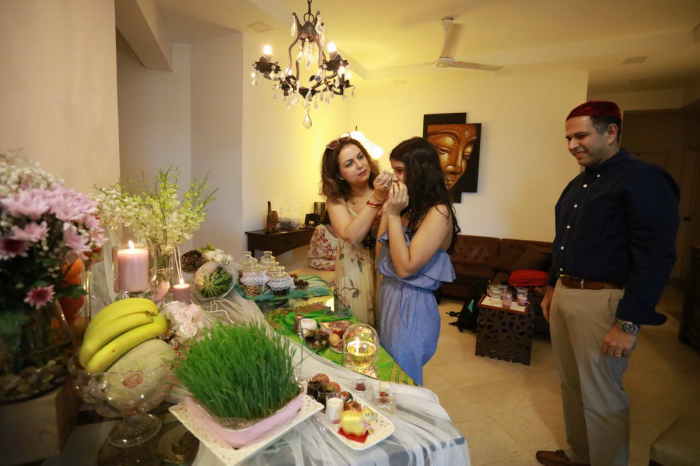
.ashx)
